-
Welcome to Tacoma World!
You are currently viewing as a guest! To get full-access, you need to register for a FREE account.
As a registered member, you’ll be able to:- Participate in all Tacoma discussion topics
- Communicate privately with other Tacoma owners from around the world
- Post your own photos in our Members Gallery
- Access all special features of the site
MPG and Tire Pressure
Discussion in '2nd Gen. Tacomas (2005-2015)' started by Bucc5207, Oct 11, 2014.
Page 1 of 2
Page 1 of 2


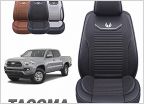 Oasis seat covers?
Oasis seat covers?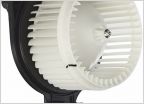 Blower Motor Fan Noise
Blower Motor Fan Noise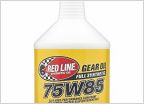 Differential and transfer fluid...
Differential and transfer fluid...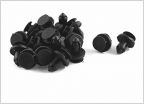 Mud Flaps-Minimum Length
Mud Flaps-Minimum Length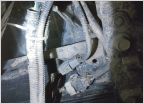 "Factory" 7pin Trailer Harness Installation
"Factory" 7pin Trailer Harness Installation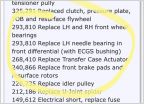 ECGS Bushing Questions (Friction?)
ECGS Bushing Questions (Friction?)







































































